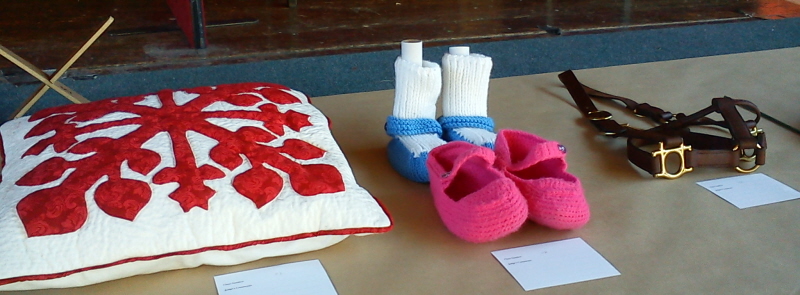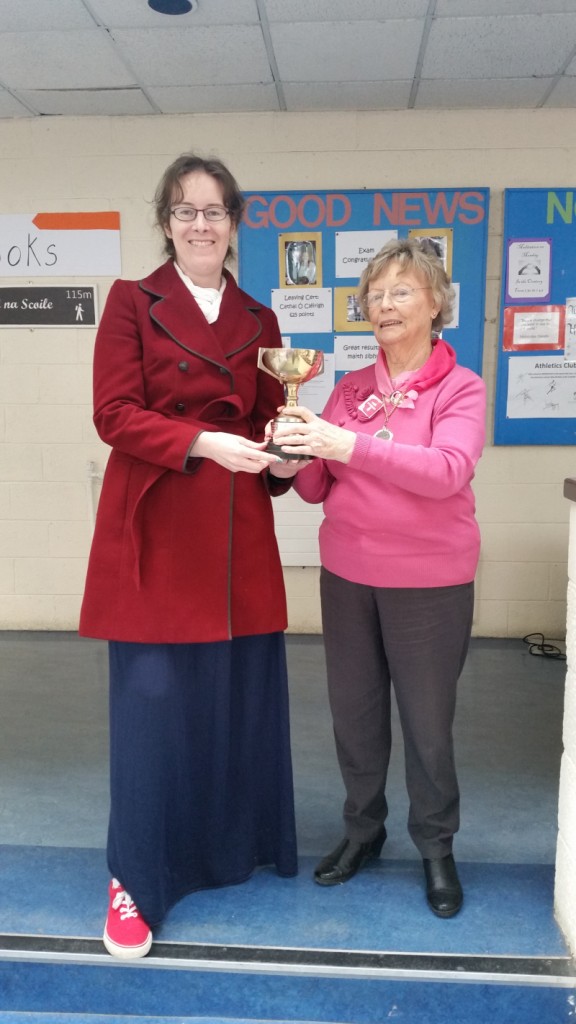A Beginners Guide to Showing by David Jeffrey
If our shows are to succeed we need the support of all our members and the local community, both as exhibitors and visitors. Don’t be reluctant to have a go. One entry or more from every member or visitor would guarantee a super show. There are classes to suit all. If in doubt seek advice. There are lots of friendly, enthusiastic, experienced people around, delighted and willing to assist.
Here are a few tips for plant, flower and vegetable, cookery, art and crafts exhibitors.
Importance of the Schedule
Show Schedules are available a week or two before the show dates and can be downloaded here. It contains everything you need to know. Read it thoroughly. It is a guide both for exhibitors and judges. It states clearly what is required for each class. Never hesitate to seek guidance at the earliest opportunity if interpretation is needed. The schedule will be your constant guide, from selecting what to exhibit to the final staging. If you would rather receive a hard copy of the schedule email [email protected] and we will arrange to send you one by post.
Find a mentor
An absolute beginner should ideally find a mentor to guide their first steps, starting with which classes to enter. If the schedule includes classes for novices, choose them.
Selecting classes.
Go for aspects of gardening with which you are most familiar or enthusiastic. eg. If you are a “GYO” enthusiast, head for the fruit and vegetable classes. If home industry is more your thing head for the cookery or art and craft classes.
Preparation
Preparing exhibits at home is the first step to the show bench. Leave as little as possible for the morning of the show. To do this you should be aware of what is in the judges’ mind. The first priority is the quality of the material. Aim for perfection! Show the best you have. Quality means a well-grown specimen of the type prescribed in the schedule; free from pests or disease; not wilting; without senescing leaves or dead flowers. Achieving this perfectly will earn you most marks on a score sheet. Presentation also counts.
Presentation
Take trouble to arrange your exhibit – eg. a group of cut flowers in an appropriate vase; pots/pans should be clean, of the correct size as stated in the schedule and ideally of a uniform material in a group exhibit. An exhibit is enhanced when the compost is dressed with appropriate gravel or stone chips. Pot labels must be clean, legible and correct. There are rules for the showing of vegetables. Seek advice from your mentor and take note from fellow exhibitors. Take pains to correctly name exhibits.
Entries
Entry forms indicating the class numbers should be submitted with entry fee, to the show secretary in the week prior to Show Day. Entry forms can be found in the schedule.
Staging
The time allowed for staging exhibits is always stated on the schedule. Arrive in good time. Your entry cards will be in position on the show bench. Find the location of each class of exhibit. Stage each exhibit as carefully as possible. Place your entry card, name downwards by your exhibit. If in doubt ask a steward.
Now you can relax! Enjoy other exhibitors working and when they have completed staging it is opportune to ask questions. Shows are friendly occasions and the best way to learn more is to ask the experienced exhibitor. You will have to leave the hall at the prescribed time, to enable judging. If you have gained an award in your class, it will be noted on your entry card.
Good luck!





















